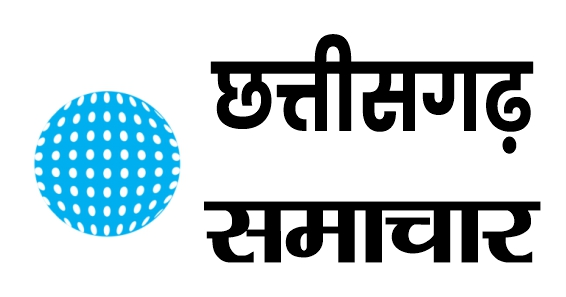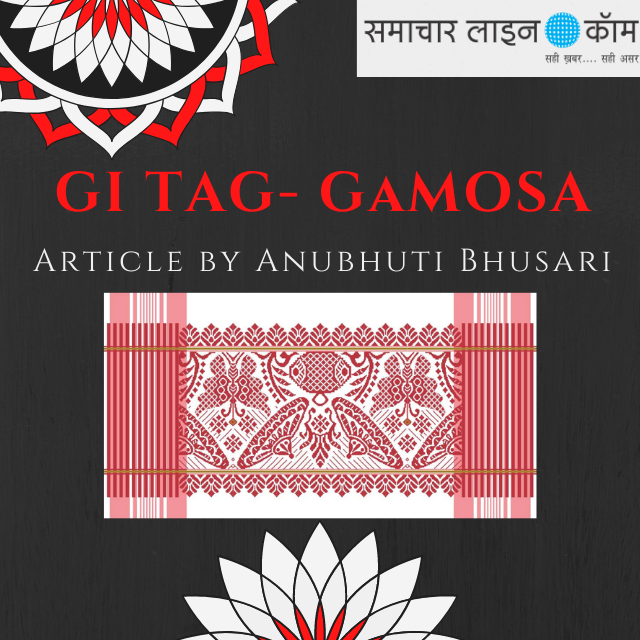History holds proof to the fact that different artistry and various types of crafts have been termed as eugenicallysignificant due to the identity associated with it. The famous scarf, Gamosa hailing from Assam is an Assamese symbol that has been endowed as a Geographical Indication (GI) tag in the present scenario. The Gamosa preserves the cultural heritage of the Assamese and is attached as a pride symbol for them.
MEANING OF GAMOSA
In Golaghat, the application for Ghamosa was manufactured by the Institute of Handicraft Craft Development. The literal meaning of the word “Gamosa” is nothing but a woven towel. The word further originates from a Sanskrit word that is “GatroMarjoni,” that means a piece of cloth that is used to blot water from the body after having a bath. Furthermore, the Gamosa is a hand-woven cloth that is white in colour and is essentially worn with magnificently wreathed motifs that are red in colour on the two borders of the Gamosa. The length of the Gamosa if four-feet and the width is two-feet.
PRIDE OF GAMOSA
There is a pride associated with Gamosa and it is used as a symbol of identity and respect by the Assamese. It is used as a token of gift with a betel nut in welcoming guests and gifting to elders. Alongside, it withholds an exclusive place in the Bihu dance, the dancers tend to wear it in the vicinity of their waist and head, whilst the musical instruments are also wrapped around it. It is also used in various religious and wedding occasions as a symbol of honour.
What is more is that the 124th Geographical Indications Journal states, “This is a handloom product which has high esteem and wide usage in Assamese culture…Gamosa unites the whole Assamese people. It is the symbol of feeling & belongingness, welcoming people, respecting elders, love and care to loved ones”.
In Assam, not only Ghamosa but even the Chokuwa rice has acquired the GI tag. It has also helped in advancing the economy of the state. The tag also makes sure that only the lawful users enjoy the name of the product. These products are used in large number during social ceremonies.
CONCLUSION
The introduction of GI tag is not only associated with rich cultural heritage but also in boosting the market economy of the state. Gamosa has now become an identity of the Assamese that serves a cultural importance during marriages, religious and social rites. At the same time, people all across the country buy it because of the cloth used in it and the grandeur of the fabric which in turn helps to earn profits. Simultaneously, with the inclusion of GI tag only the authorised users gets to enjoy the delicacy of the product.
Anubhuti Bhusari @ Samacharline









